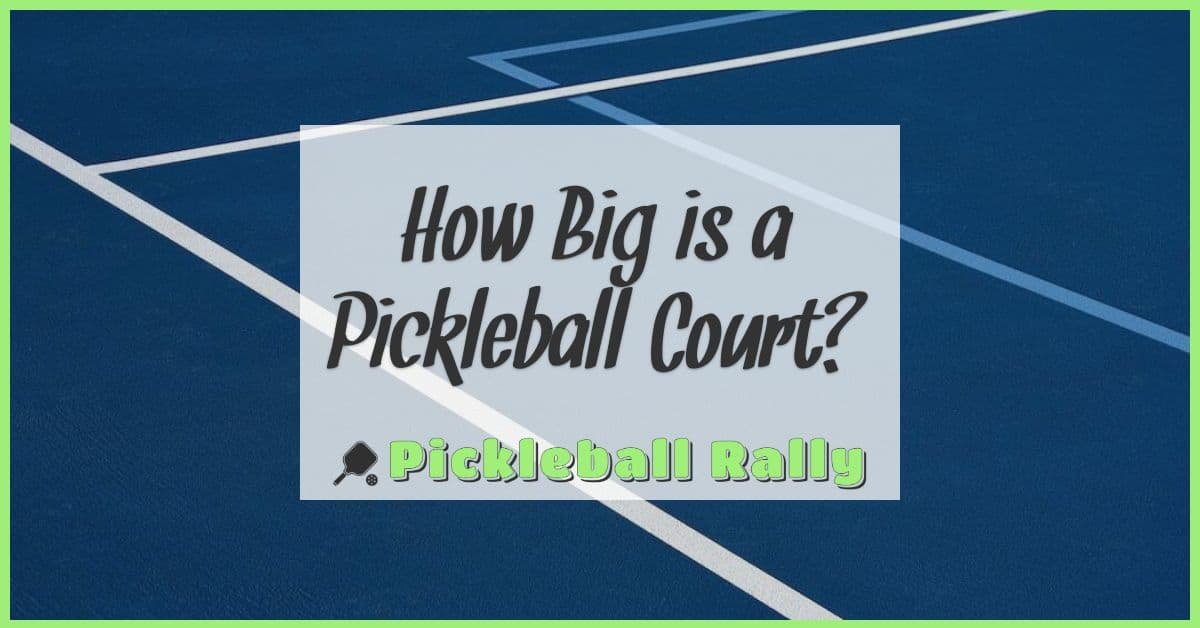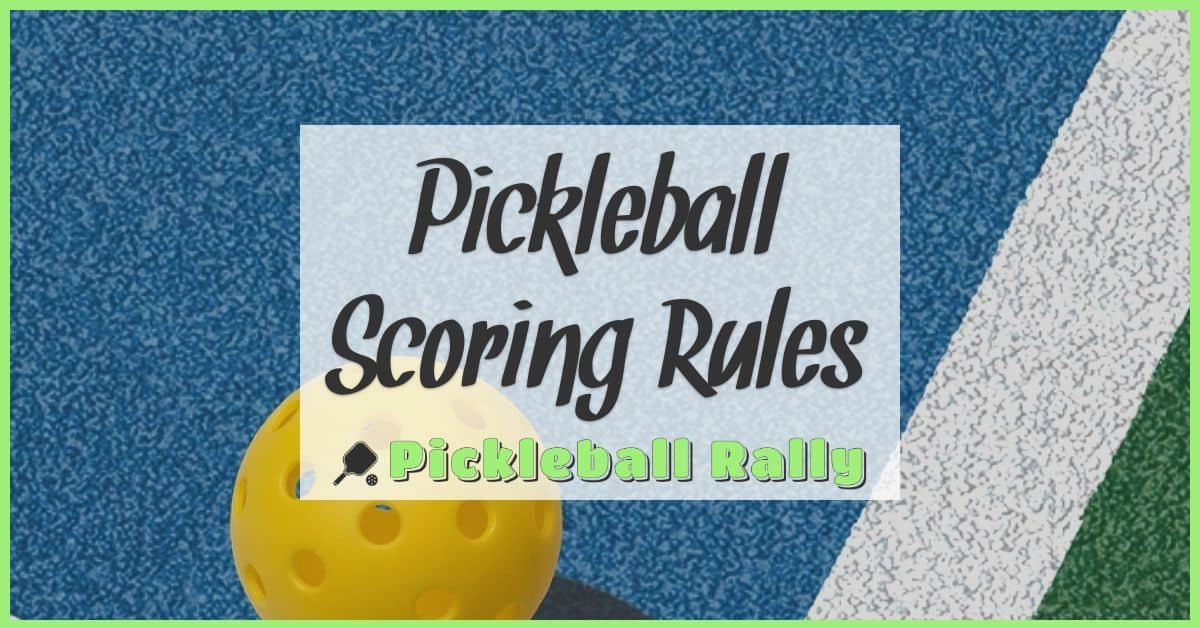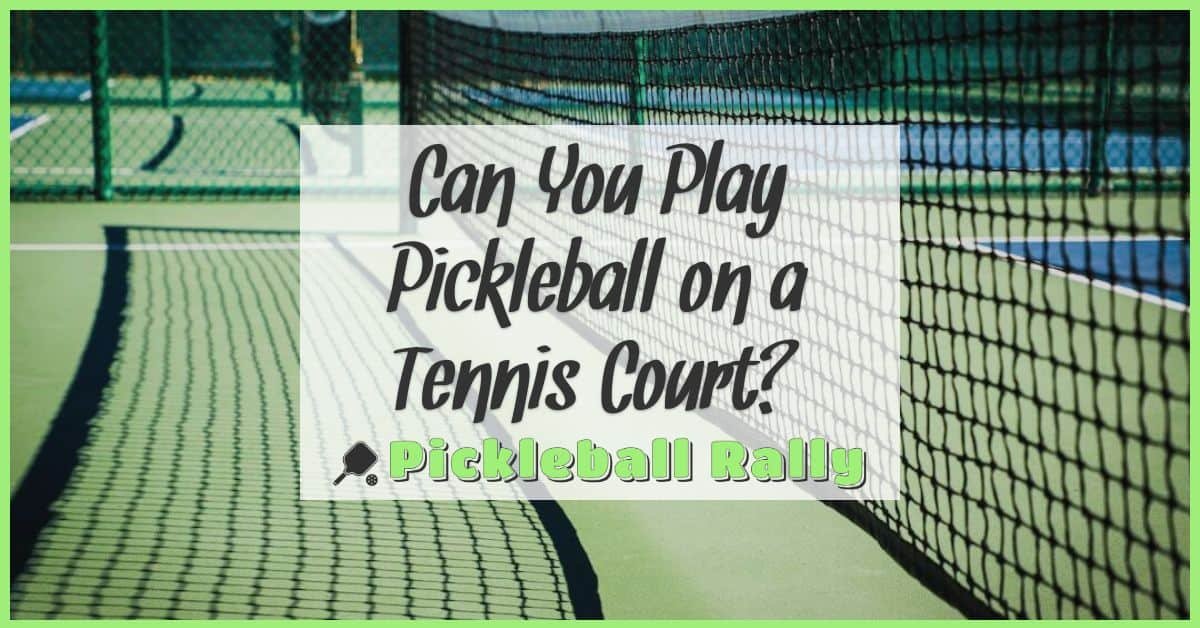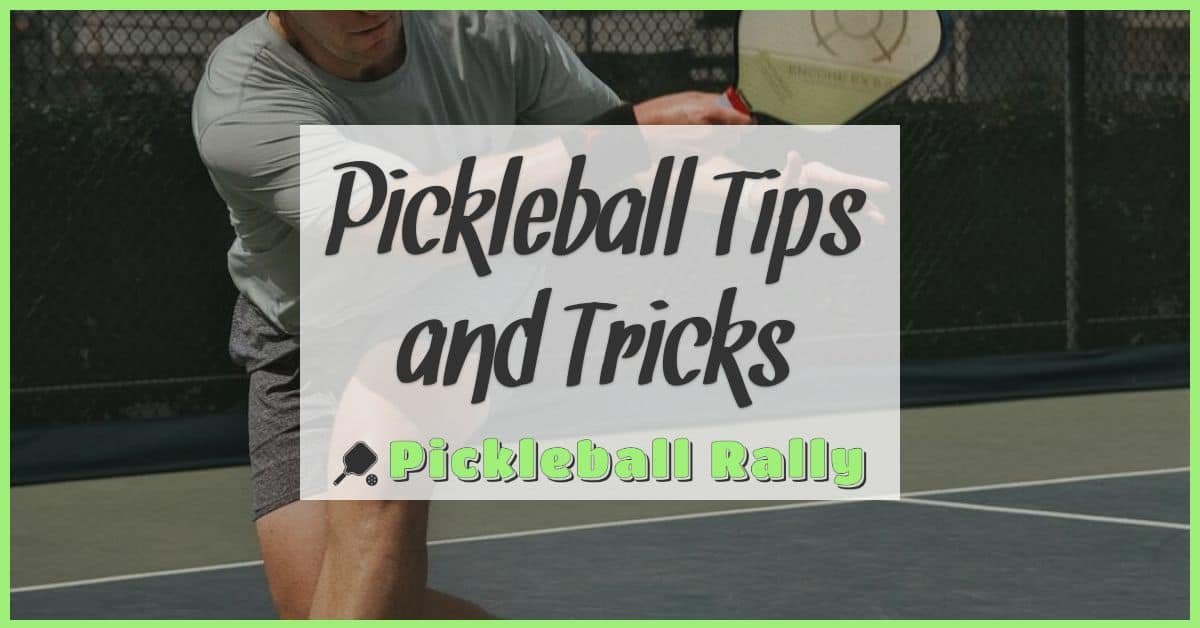Spinning the ball in pickleball can take your game to a whole new level. It adds a tricky element that can throw off your opponent’s timing and make your shots more unpredictable. When I first learned to spin the ball, it felt like unlocking a secret weapon on the court.
Mastering spin isn’t as complicated as it seems. With a few simple techniques and some practice, you can start adding topspin or slice to your shots. I’ll walk you through the basics so you can start experimenting with spin and see how it changes your game.
Understanding Spin in Pickleball
Spin changes how the ball behaves during play and creates new angles and challenges for your opponent. Mastering spin helps me control the game better and keeps rallies exciting.
What Is Spin and Why It Matters
Spin means giving the ball a rotational force when you hit it. It affects the ball’s flight, bounce, and how it reacts after landing. I focus on spin because it keeps opponents guessing and opens up opportunities to win points. Without spin, shots become more predictable and easier to return. Adding spin increases control and adds deception, which I find essential for advancing my game.
Types of Spin Used in Pickleball
I use two main types of spin to enhance my shots:
- Topspin: The ball rotates forward, causing it to dip quickly and bounce higher after landing. It’s perfect for aggressive shots that push opponents back.
- Backspin (Slice): The ball rotates backward, slowing its forward motion and causing a low and skidding bounce. It’s effective for drop shots and defensive lobs.
Using these spins in different situations helps me manipulate the ball’s speed and trajectory, making each shot more strategic.
Techniques for Spinning the Ball
Spinning the ball adds a whole new dimension to pickleball. I find it fun and rewarding to mix these techniques into my play. Here’s how I break down the key spins.
How to Generate Topspin
Generating topspin starts with a brushing motion. I make contact with the ball slightly below its center and brush up on the back of the ball using a low-to-high swing path. My paddle face closes slightly during the stroke to increase the forward and upward spin. Consistency comes from wrist flexibility and smooth acceleration through the ball. I focus on finishing high to ensure enough topspin to make the ball dip sharply and bounce higher.
How to Create Backspin
Creating backspin requires a contrasting technique that emphasizes control over speed. I hit the ball slightly above or at center but brush downward on the back of the ball with a high-to-low swing. My paddle face tilts open to keep the ball from popping up. The wrist stays firm but relaxed to maintain a clean slicing effect. After contact, I keep the paddle moving forward and down to create a slow, skidding ball that stays low and disrupts opponents’ timing.
Mastering Sidespin for Better Control
Mastering sidespin involves hitting the side of the ball with a brushing motion along its vertical axis. I adjust my paddle angle to strike the ball’s left or right side while moving the paddle sideways—either left to right or right to left. This spin curves the ball in the air and can make the bounce veer unexpectedly. Combining sidespin with either topspin or backspin lets me tailor the ball’s flight and bounce, giving me better control and unpredictability in rallies.
Equipment and Grip Tips for Effective Spin
Mastering spin starts with the right equipment and grip. Choosing a paddle designed for control and learning grip variations makes spinning the ball more natural and consistent.
Choosing the Right Paddle
Selecting a paddle with a textured surface improves ball grip, helping generate more spin. I favor paddles with polymer or composite faces that offer both durability and a slight roughness. Lightweight paddles around 7.5 to 8.5 ounces give better wrist control, which is essential for those subtle brushing motions to create spin. The paddle’s shape also matters; elongated paddles provide extra reach for topspin and slice shots, making it easier to add rotation while maintaining accuracy.
Grip Styles That Enhance Spin
Using a continental grip allows quick transitions between spin types because it positions the paddle face to facilitate both brushing and slicing motions. I often recommend experimenting with slight adjustments in grip pressure; a looser grip enhances wrist flexibility needed for topspin, while a firmer hold stabilizes the paddle during backspin shots. The eastern forehand grip suits powerful topspin shots, while the eastern backhand grip helps control slice spins. Practicing these grips helps integrate spin naturally into your game, improving your shot variety and unpredictability.
Drills to Practice Spinning the Ball
Practicing spin demands focused drills that build consistency and control. I use simple and advanced exercises to help players develop reliable topspin, backspin, and sidespin.
Basic Spin Drills for Beginners
Start by practicing slow, controlled shots to feel how the paddle impacts the ball’s rotation. Here are three drills I recommend:
- Wall Rally with Spin Focus: Hit the ball against a wall using a brushing motion to produce topspin or backspin, adjusting your swing path and paddle angle. Repeating this builds muscle memory for consistent spin.
- Short Toss Spins: Toss the ball lightly and practice hitting it with a low-to-high swing for topspin or high-to-low for backspin. Concentrate on wrist motion and paddle angle, repeating each spin type 20 times per session.
- Target Spin Shots: Place markers on the court and aim to land spinned shots near them. This drill improves both spin control and accuracy by combining rotation with directional focus.
Advanced Spin Practice Drills
Once basic spins feel natural, progressing to dynamic drills enhances shot variety under pressure.
- Spin Variation Rallies: Rally with a partner exchanging topspin, backspin, and sidespin shots. This trains quick grip changes and paddle face adjustments in real-game pace.
- Approach Shot Spin Drill: Practice approaching the net using spins to disguise shot placement and create unpredictable bounces. Focus on smooth transition between strokes while maintaining spin quality.
- Serve Spin Practice: Develop spins on your serve by adjusting contact points and swing arcs. Serving with topspin or sidespin adds complexity for opponents and improves your serve effectiveness.
Consistent time on these drills sharpens your feel for spinning the ball and integrates spin naturally into your pickleball game.
Common Mistakes and How to Avoid Them
Mastering spin in pickleball takes practice, but avoiding common mistakes speeds progress. I’ve seen many players struggle with these issues, so here’s what to watch out for and how to fix them.
- Mistake: Hitting the Ball Too Hard
Hitting the ball with excessive force reduces control and makes spin inconsistent. I focus on smooth, controlled strokes instead, especially when practicing topspin or backspin. If the ball flies off the paddle, slow down your swing and concentrate on a brushing motion.
- Mistake: Incorrect Paddle Angle
An open or flat paddle face often kills spin or creates unwanted ball trajectories. I make sure my paddle angle matches the spin type—slightly closed for topspin and more open for backspin. Adjusting this angle keeps the ball low and spin effective.
- Mistake: Neglecting Wrist Movement
A stiff wrist limits spin generation and reduces shot variety. I emphasize wrist flexibility in drills, practicing controlled flicks to add or adjust spin. When your wrist moves naturally with your swing, you get better ball rotation.
- Mistake: Using the Same Grip for All Spins
A one-size-fits-all grip can limit spin potential. I switch between continental and eastern grips depending on the spin. Practicing grip changes helps me generate topspin, backspin, or sidespin efficiently during play.
- Mistake: Relying on Power Rather Than Technique
Power alone doesn’t produce reliable spin. I prioritize technique, focusing on the swing path and paddle contact point. Repeating the low-to-high or high-to-low motions helps me build muscle memory for consistent spins.
- Mistake: Ignoring Follow-Through
Cutting follow-through short stops spin early and reduces ball control. I finish every stroke fully, letting my paddle rise high for topspin and stay low for backspin. This completes the energy transfer and locks in spin.
- Mistake: Skipping Spin Practice Drills
Jumping into matches without practicing spins slows improvement. I commit to dedicated drills like wall spins and targeted shots every week. Consistent practice builds feel and confidence, making spin a natural shot choice.
Avoiding these common errors makes spinning the ball a reliable tool in your pickleball arsenal. When you focus on control, paddle angle, wrist action, grip, technique, follow-through, and drills, your spin shots become more effective and enjoyable.
Conclusion
Spinning the ball has truly changed the way I play pickleball. It adds a whole new layer of strategy and fun that keeps both me and my opponents on our toes. With a bit of practice and patience, anyone can start adding spin to their shots and see real improvements.
I encourage you to keep experimenting with different spins and techniques. The more you play around with it, the more natural it’ll feel. Soon enough, spinning the ball will become one of your favorite parts of the game—just like it did for me.









